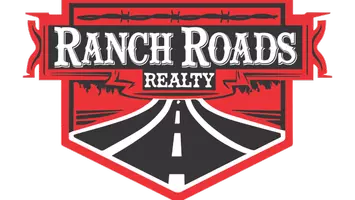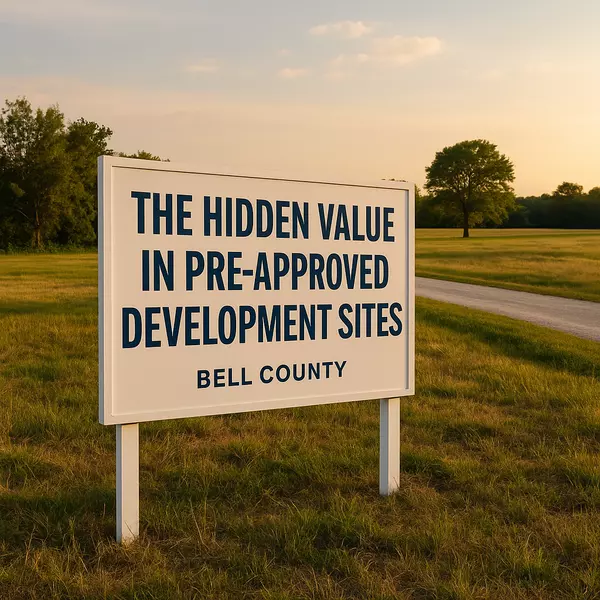How Do You Value An RV Park?
RV Park Valuation Guide
Are you wondering how much an RV park is really worth in Texas? If you're considering buying or selling an RV park, understanding the true valuation is critical to making a smart investment decision. Unlike single-family homes, RV parks are valued based on their income-generating potential, not just the number of pads or physical assets.
In this guide, I break down the real math behind RV park valuation, focusing on the income approach, cap rates, Texas-specific factors, and common mistakes first-time investors make. Whether you're buying, selling, or analyzing a park in Central Texas or beyond, this is the step-by-step guide you need to get the numbers right.
Step 1: Understand Cap Rate and Net Operating Income (NOI)
RV parks are commercial income-producing properties. That means their value is determined by how much money they generate, not by comparable home sales in the neighborhood. The gold standard for valuing RV parks is the income approach, which calculates the property's Net Operating Income (NOI) and applies a capitalization rate (cap rate) to determine market value.
Formula: Property Value = NOI ÷ Cap Rate
Example: If an RV park generates $90,000 in NOI and the market cap rate is 10%, the property value would be $900,000.
Cap Rates Vary Based on Location and Risk:
- Coastal areas and high-demand markets: 8%
- Urban and suburban parks: 9-10%
- Rural or remote locations: 11-12%
High-end resort RV parks with strong amenities and occupancy may command cap rates of 7.5-8.5%, while older parks with deferred maintenance may be valued at 10-12% or higher.
Step 2: Real Expense Breakdown – Don't Trust Broker Pro Formas
Revenue sources in RV parks include:
- Pad rental (daily, weekly, monthly)
- Amenity services (laundry, Wi-Fi, cable)
- Retail or convenience store income
- Cabin or RV rentals
To calculate NOI, you must verify both revenue and expenses. Most RV parks operate at a 35-40% expense ratio.
Example: If gross revenue is $150,000 and expenses are 40%, your NOI is $90,000.
Always verify the numbers through:
- Bank statements
- Utility bills
- Business tax returns (T12 forms)
- Seasonal occupancy analysis
Check for common accounting mistakes, such as personal expenses mixed with business costs. Analyze the full annual cycle to account for seasonal variations in occupancy and revenue.
Step 3: Lot Count, Utility Setup, and Expansion Room
Beyond the income numbers, evaluate the physical condition of the park:
- Electrical pedestals: Are they up to code and functional?
- Water systems: Is the infrastructure reliable?
- Sewer connections: Are there any deferred maintenance issues?
Occupancy rate directly impacts revenue. A park with 80% occupancy will generate significantly less income than one at 95%. Factor this into your valuation and consider the potential for expansion or improvements.
Step 4: Comparable Sales and Market Rent Reality Check
Research comparable RV park sales in your area to validate your valuation. Look at parks with similar pad counts, amenities, and locations. Avoid relying solely on seller claims. Verify market rents by checking what similar parks charge for daily, weekly, and monthly stays.
Value the RV park based on what it is today, not on its potential. If a seller claims the park could generate more income with improvements, adjust your offer accordingly or negotiate based on current performance.
Step 5: Financing Considerations – Cash, Bank, or Creative?
Financing an RV park can be more complex than residential real estate. Options include:
- Cash purchase
- Traditional bank financing (requires strong financials and experience)
- Seller financing (common in RV park transactions)
- Creative financing structures
Work with a lender experienced in commercial real estate and RV park investments to understand your financing options and how they impact your overall return on investment.
Common Valuation Mistakes to Avoid
- Relying on pro-forma NOI: Always base your valuation on actual, verified income and expenses.
- Ignoring deferred maintenance: Factor in the cost of repairs and upgrades. You can reduce the sales price based on the initial valuation to account for maintenance costs.
- Overestimating future income: Value the park on current performance, not projected improvements.
- Skipping due diligence: Verify all financial documents, utility bills, and occupancy records.
Tips for Buyers and Sellers
- Be thorough with your due diligence—don’t rush the process.
- Understand the local market—Texas has unique trends and regulations in different regions.
- Negotiate based on real numbers, not potential or promises.
- Consider working with an experienced RV park broker or consultant.
Ready to Analyze Your RV Park Deal?
If you're considering an RV park investment in Central Texas or need help analyzing a deal, I'm here to help. As a top-producing agent with Ranch Roads Realty, I specialize in RV park and storage facility investments, land deals, and new construction in Salado, Belton, and Temple, Texas.
Contact me today for a free consultation and let's break down the numbers together.
📞 Call or Text: 512-710-9072
📧 Email: TrentBabb@RanchRoads.com
🌐 Learn more:
TrentBabb.RanchRoads.com
🗓️ Schedule a call:
Book Your Consultation
Categories



